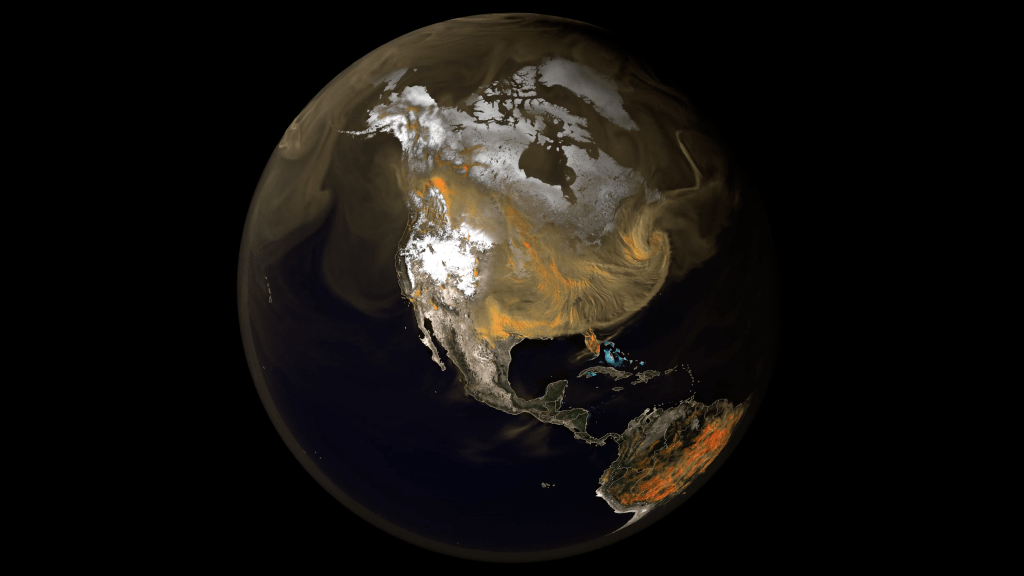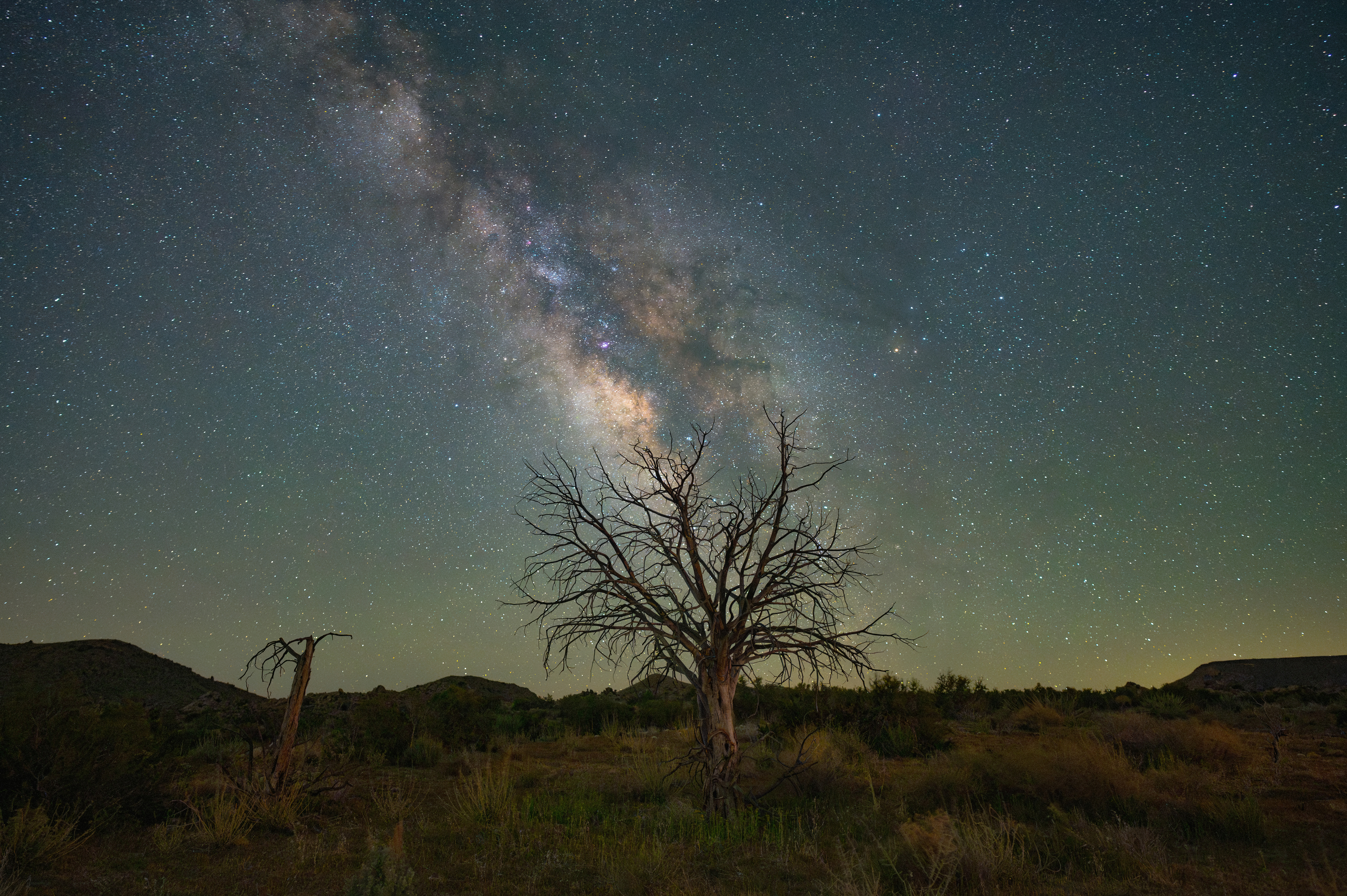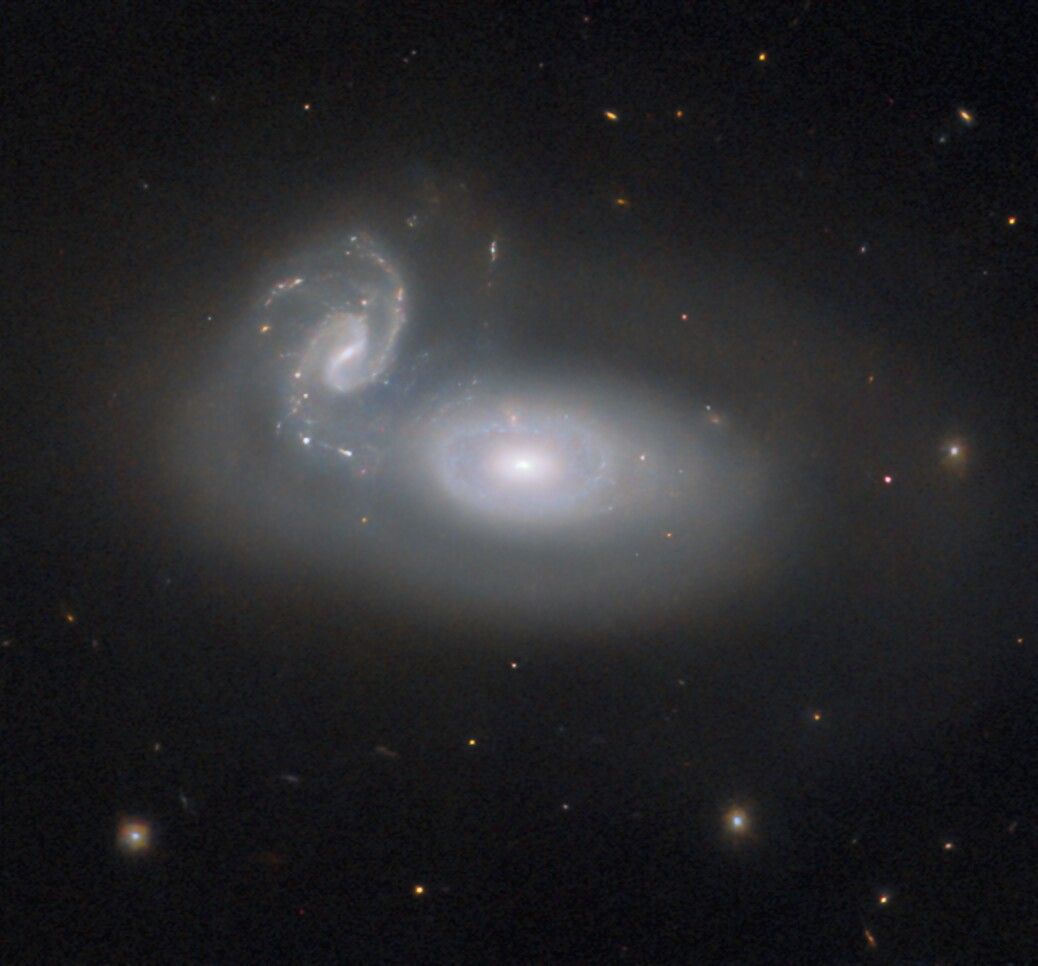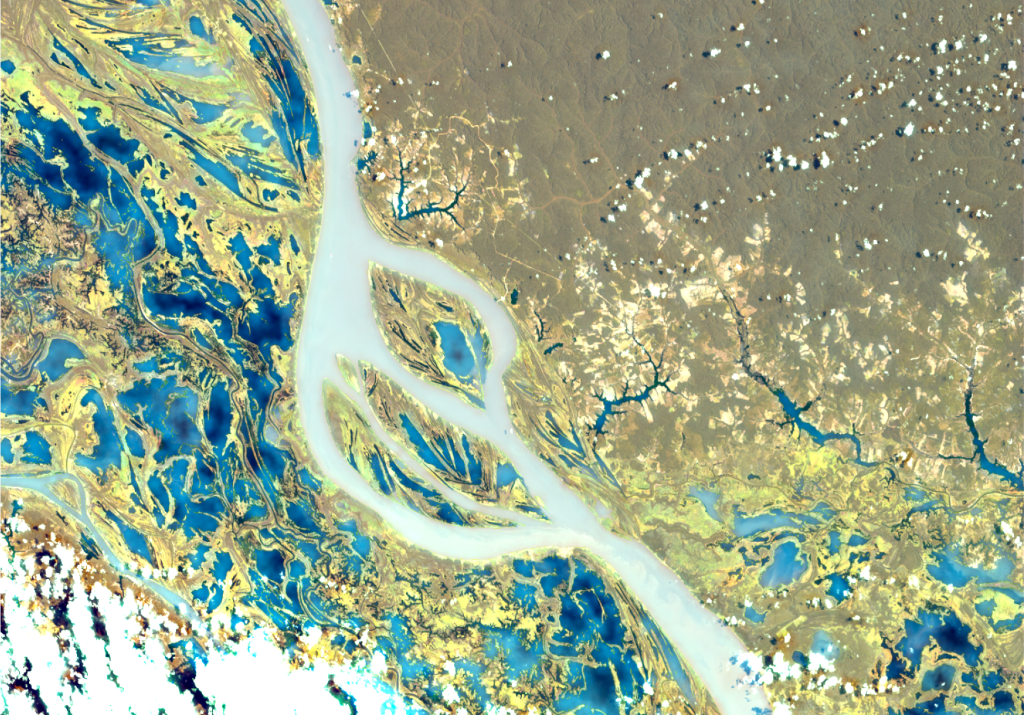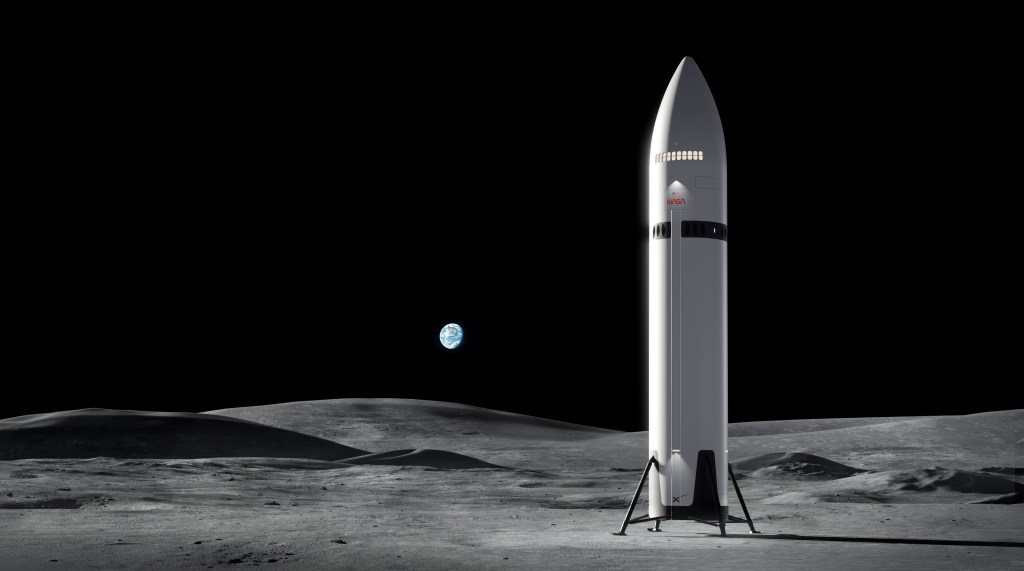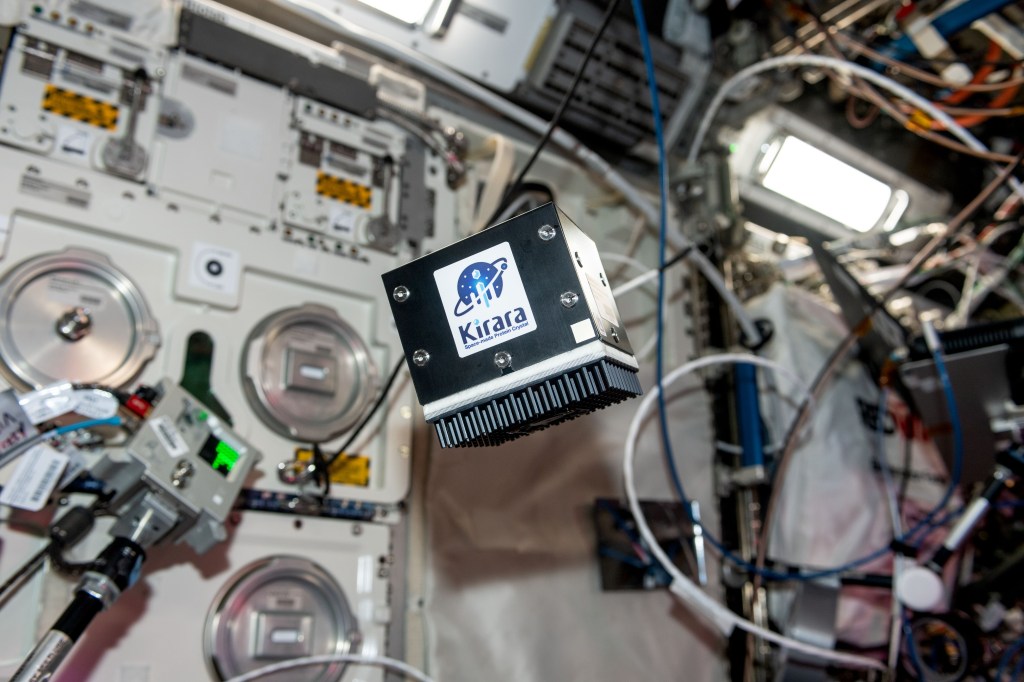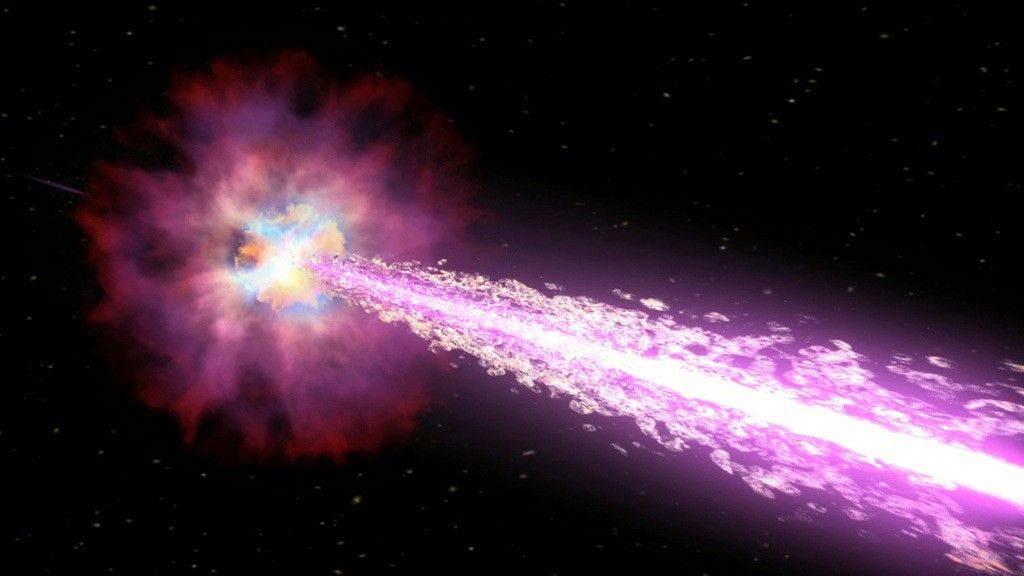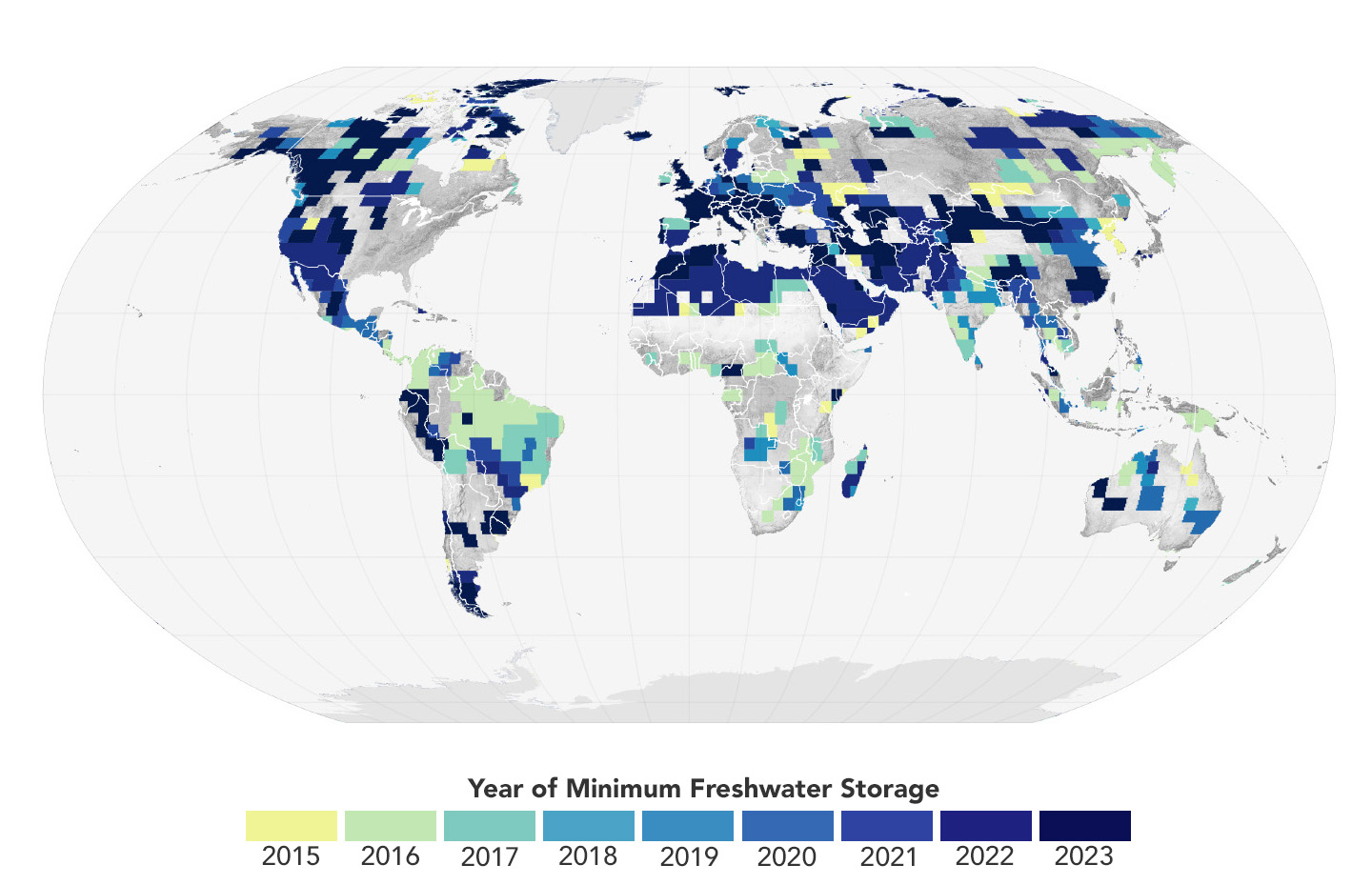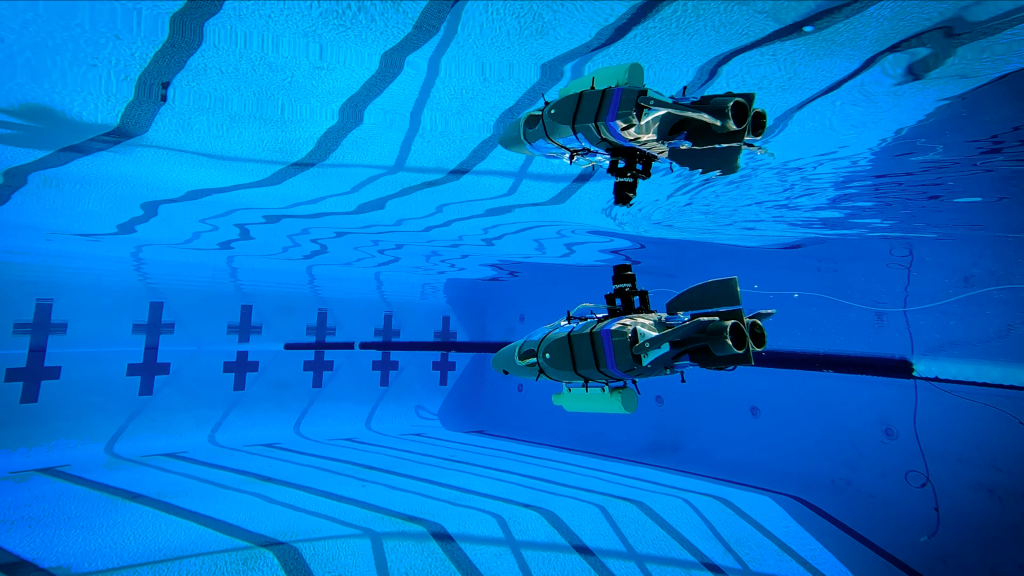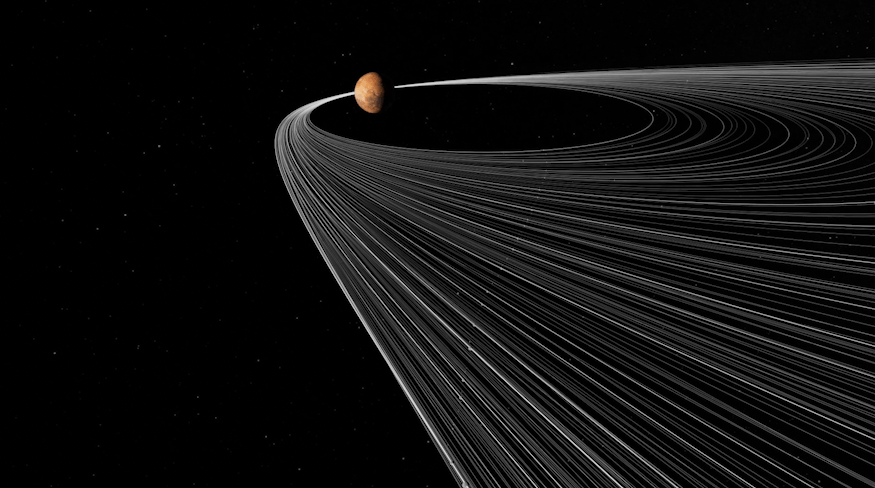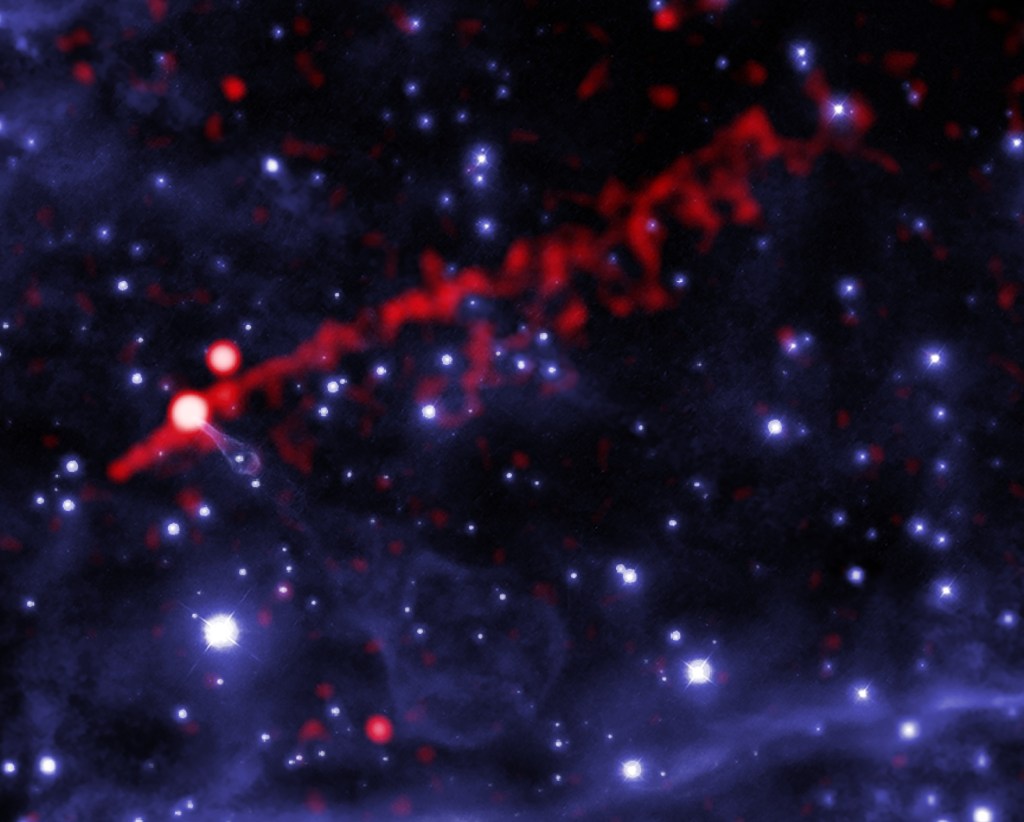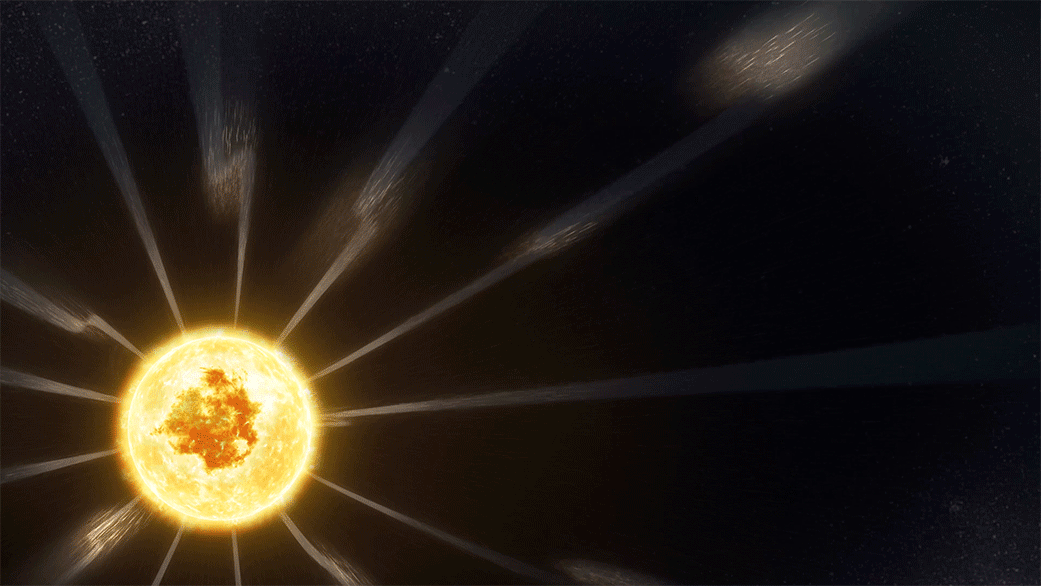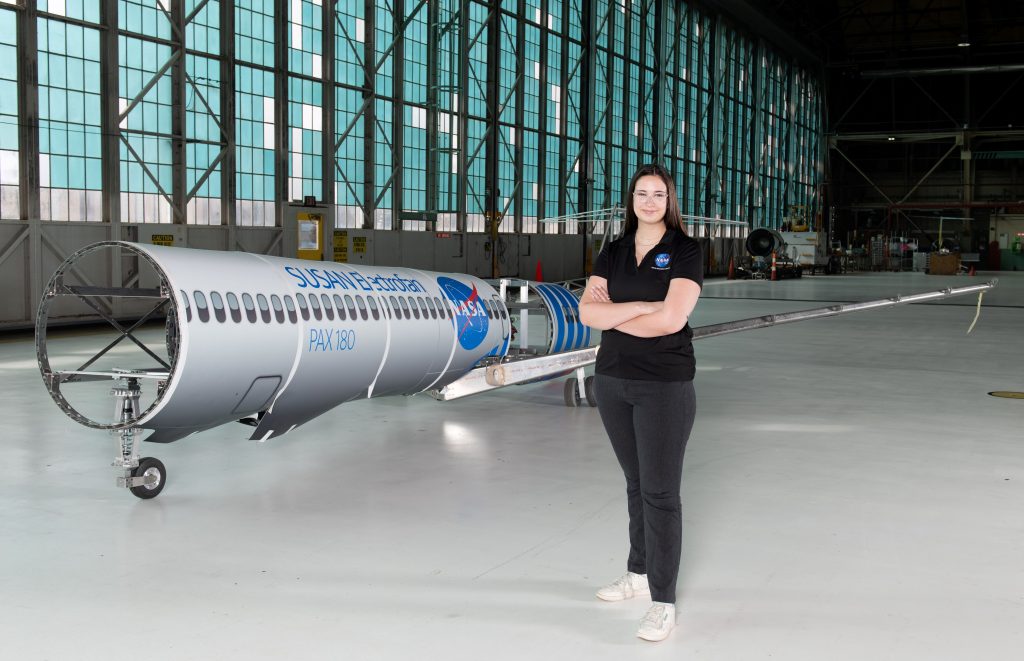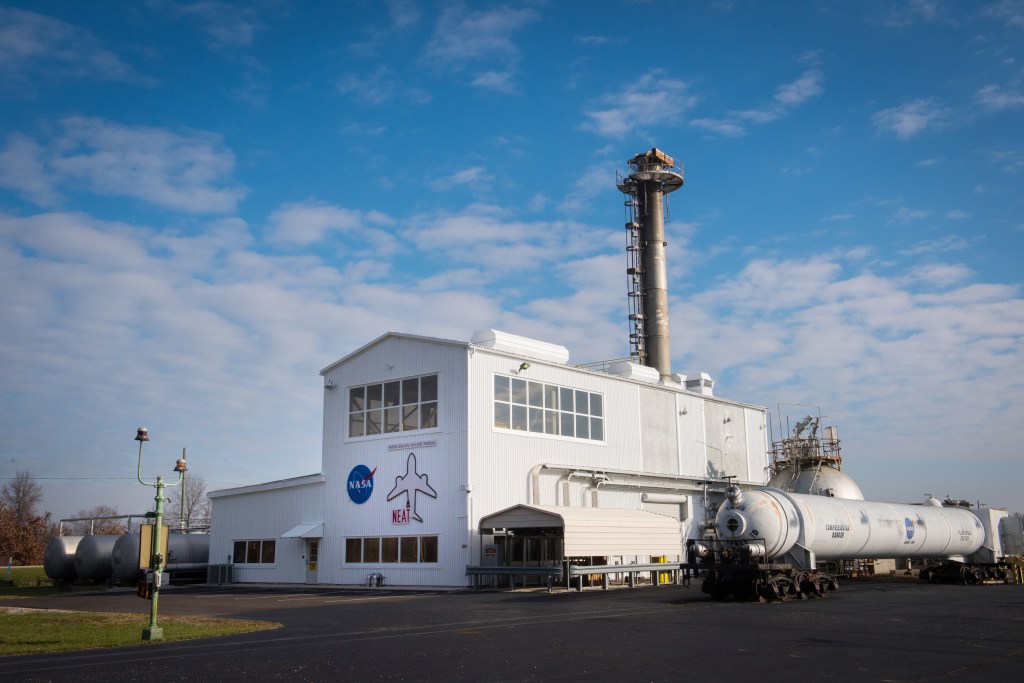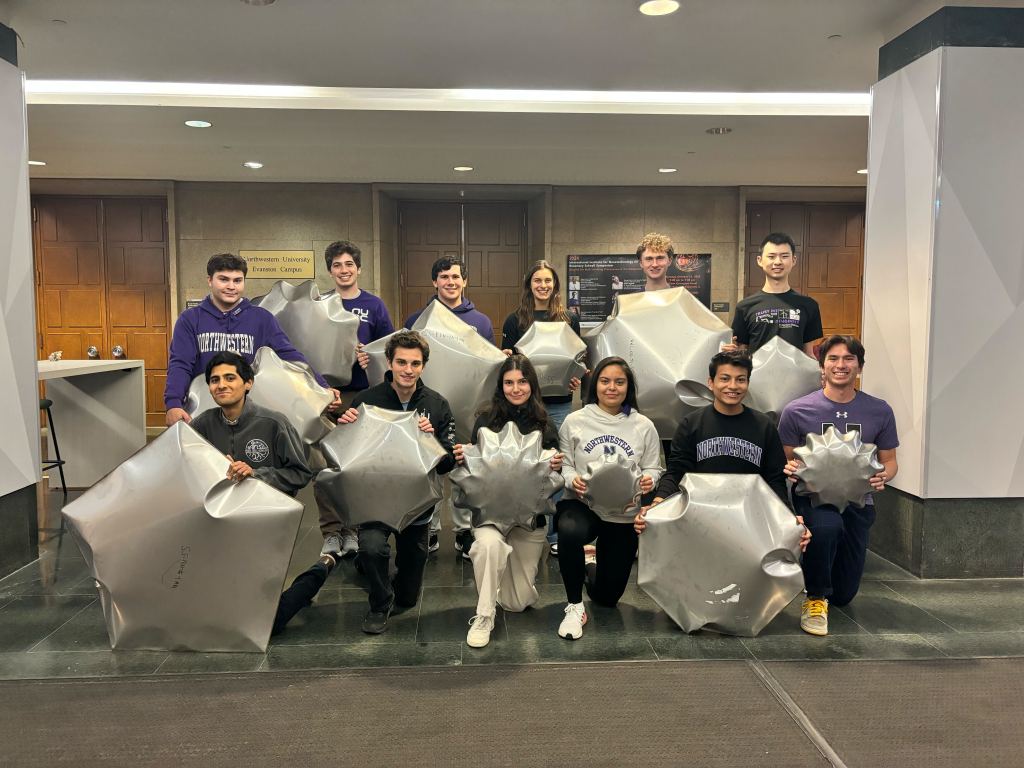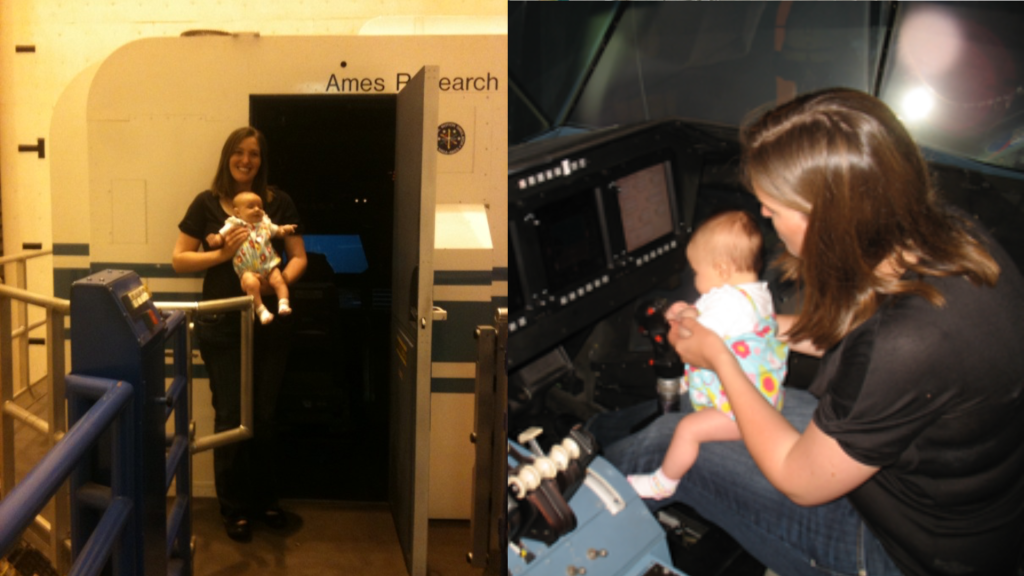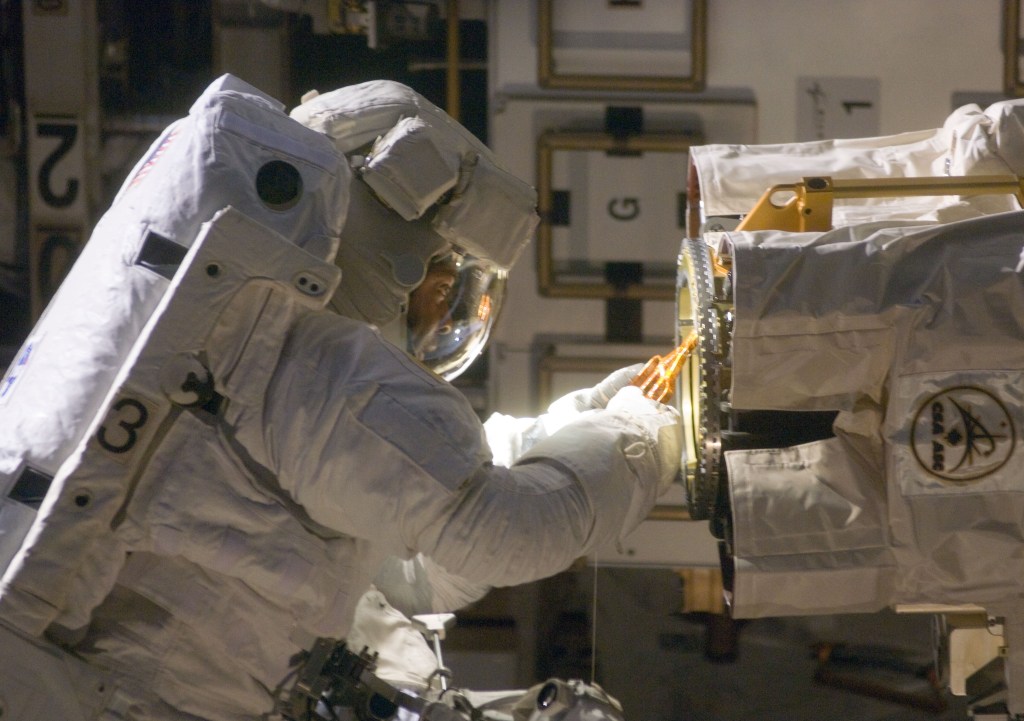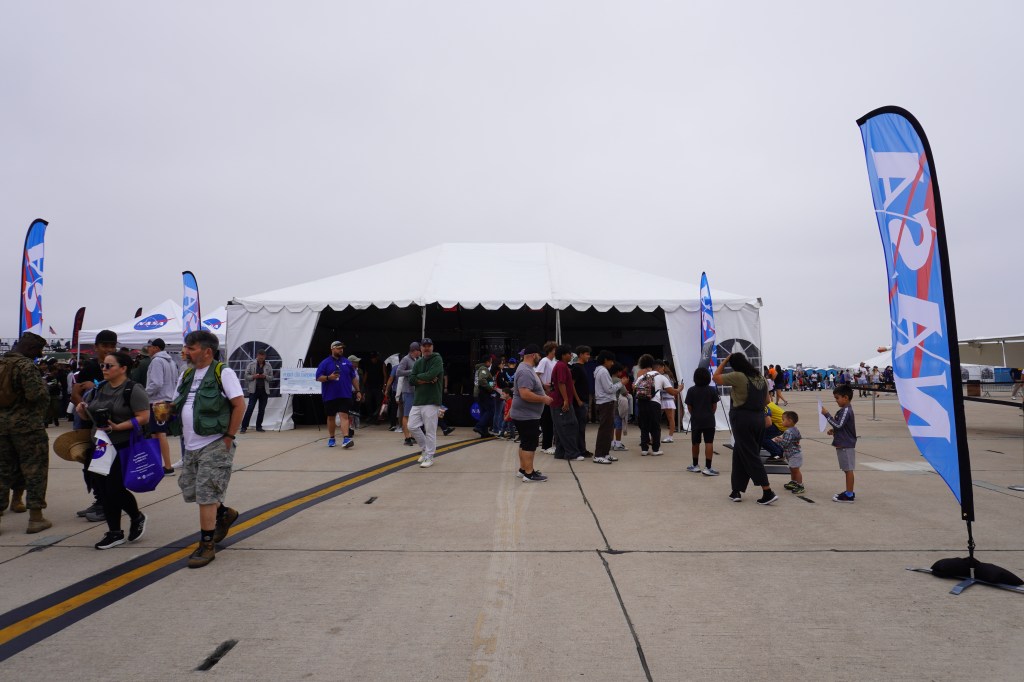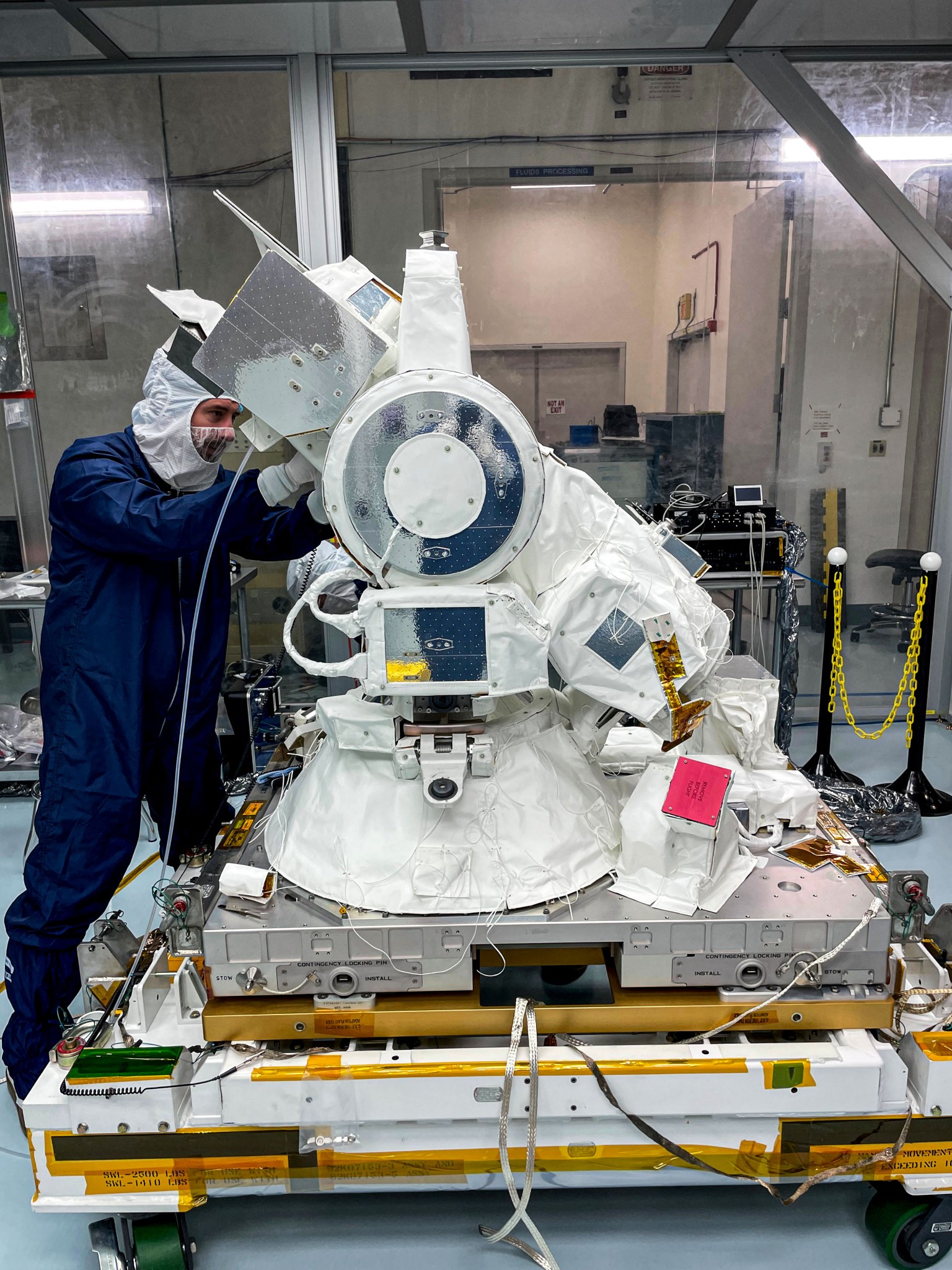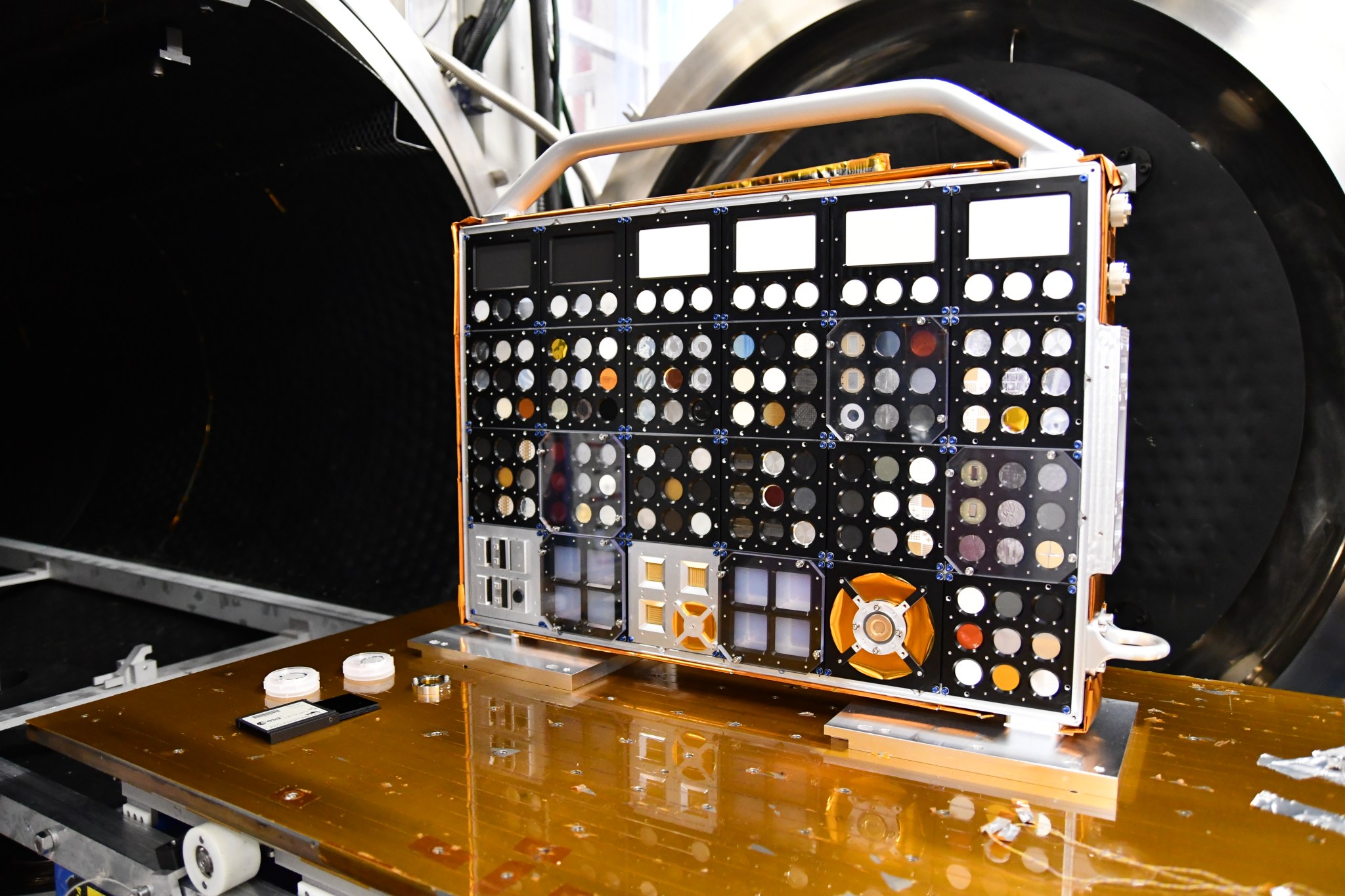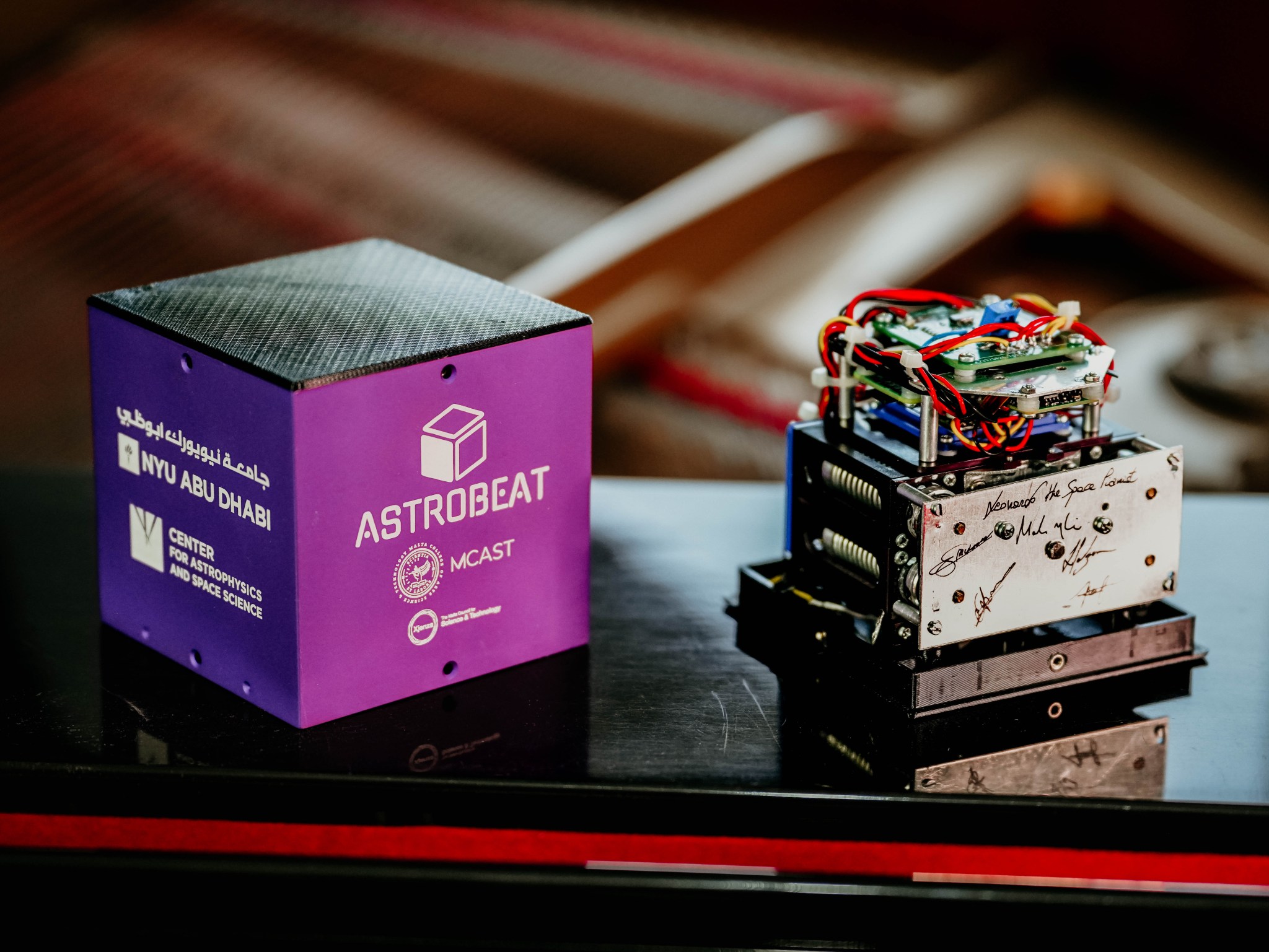NASA and its international partners are launching scientific investigations on SpaceX’s 31st commercial resupply services mission to the International Space Station including studies of solar wind, a radiation-tolerant moss, spacecraft materials, and cold welding in space. The company’s Dragon cargo spacecraft is scheduled to launch from NASA’s Kennedy Space Center in Florida.
Read more about some of the research making the journey to the orbiting laboratory:
Measuring solar wind
The CODEX (COronal Diagnostic EXperiment) examines the solar wind, creating a globally comprehensive data set to help scientists validate theories for what heats the solar wind – which is a million degrees hotter than the Sun’s surface – and sends it streaming out at almost a million miles per hour.
The investigation uses a coronagraph, an instrument that blocks out direct sunlight to reveal details in the outer atmosphere or corona. The instrument takes multiple daily measurements that determine the temperature and speed of electrons in the solar wind, along with the density information gathered by traditional coronagraphs. A diverse international team has been designing, building, and testing the instrument since 2019 at NASA’s Goddard Space Flight Center in Greenbelt, Maryland.
Multiple missions have studied the solar wind, and CODEX could add important pieces to this complex puzzle. When the solar wind reaches Earth, it triggers auroras at the poles and can generate space weather storms that sometimes disrupt satellite and land-based communications and power grids on the ground. Understanding the source of the solar wind could help improve space-weather forecasts and response.
Antarctic moss in space
A radiation tolerance experiment, ARTEMOSS, uses a live Antarctic moss, Ceratodon purpureus, to study how some plants better tolerate exposure to radiation and to examine the physical and genetic response of biological systems to the combination of cosmic radiation and microgravity. Little research has been done on how these two factors together affect plant physiology and performance, and results could help identify biological systems suitable for use in bioregenerative life support systems on future missions.
Mosses grow on every continent on Earth and have the highest radiation tolerance of any plant. Their small size, low maintenance, ability to absorb water from the air, and tolerance of harsh conditions make them suitable for spaceflight. NASA chose the Antarctic moss because that continent receives high levels of radiation from the Sun.
The investigation also could identify genes involved in plant adaptation to spaceflight, which might be engineered to create strains tolerant of deep-space conditions. Plants and other biological systems able to withstand the extreme conditions of space also could provide food and other necessities in harsh environments on Earth.
Exposing materials to space
The Euro Material Ageing investigation from ESA (European Space Agency) includes two experiments studying how certain materials age while exposed to space. The first experiment, developed by CNES (Centre National d’Etudes Spatiales), includes materials selected from 15 European entities through a competitive evaluation process that considered novelty, scientific merit, and value for the material science and technology communities. The second experiment looks at organic samples and their stability or degradation when exposed to ultraviolet radiation not filtered by Earth’s atmosphere. The exposed samples are recovered and returned to Earth.
Predicting the behavior and lifespan of materials used in space can be difficult because facilities on the ground cannot simultaneously test for all aspects of the space environment. These limitations also apply to testing organic compounds and minerals that are relevant for studying comets, asteroids, the surface of Mars, and the atmospheres of planets and moons. Results could support better design for spacecraft and satellites, including improved thermal control, and the development of sensors for research and industrial applications.
Repairing spacecraft from the inside
Nanolab Astrobeat investigates using cold welding to repair perforations in the outer shell or hull of a spacecraft from the inside. Less force is needed to fuse metallic materials in space than on Earth, and cold welding could be an effective way to repair spacecraft.
Some micrometeoroids and space debris traveling at high velocities could perforate the outer surfaces of spacecraft, possibly jeopardizing mission success or crew safety. The ability to repair impact damage from inside a spacecraft may be more efficient and safer for crew members. Results also could improve applications of cold welding on Earth as well.
The investigation also involves a collaboration with cellist Tina Guo with support from New York University Abu Dhabi to store musical compositions on the Astrobeat computer. Investigators planned to stream this “Music from Space” from the space station to the International Astronautical Congress in Milan and to Abu Dhabi after the launch.
Download high-resolution photos and videos of the research mentioned in this article.
Melissa Gaskill
International Space Station Research Communications Team
Johnson Space Center

